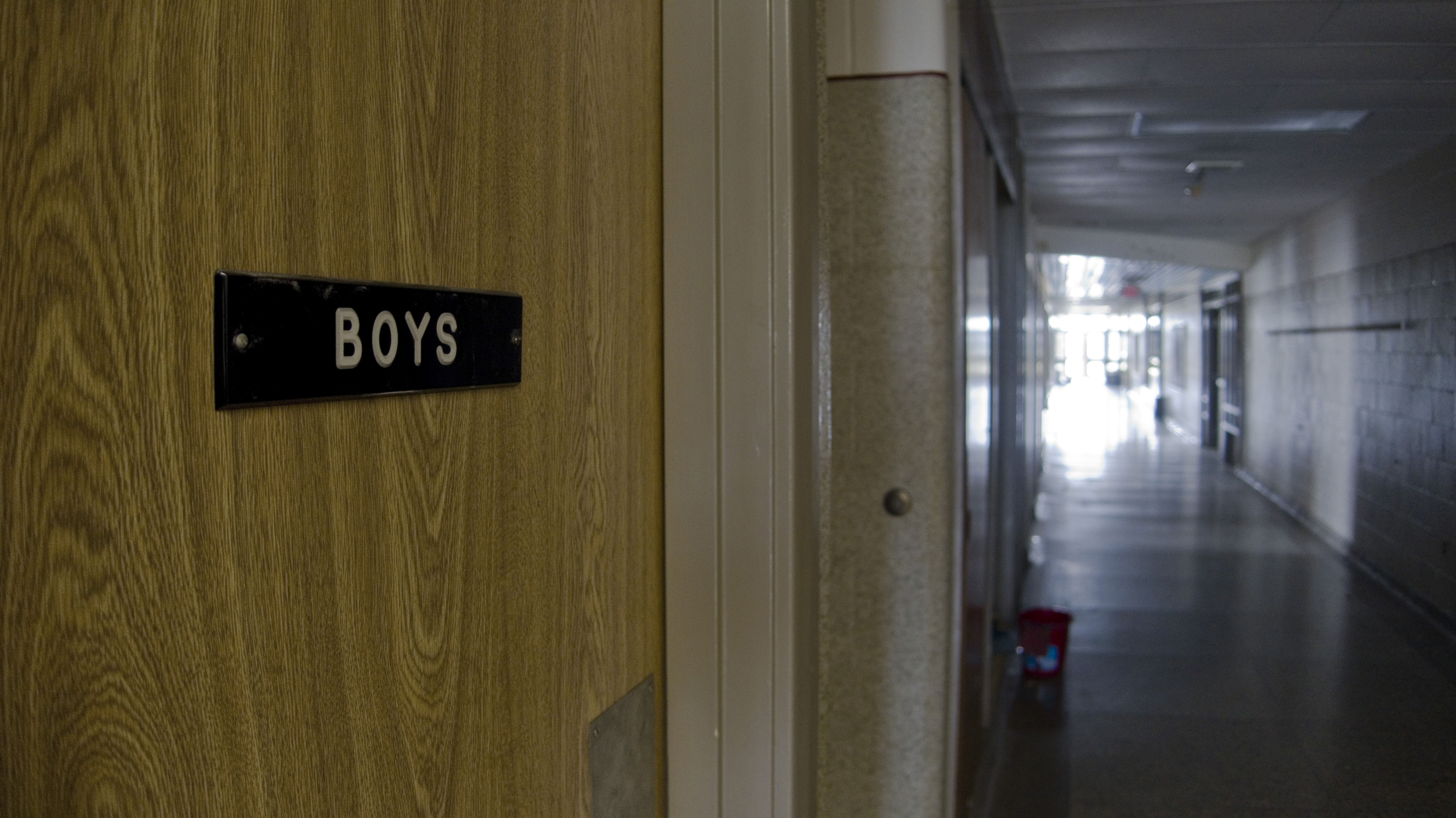Can a 10-story building made of timber withstand a 7.7 magnitude earthquake? Researchers test one to find out.
Written by ABC Audio ALL RIGHTS RESERVED on May 10, 2023
(SAN DIEGO) — Researchers have successfully simulated a high magnitude earthquake on the largest building ever tested, and the structure survived.
Global interest in mass timber construction — which involves thick, compressed layers of wood, bonded together, creating structural load-bearing elements — has skyrocketed in the last several years, after the International Building Code announced the intention to add new building provisions to allow the construction of wood buildings up to 18 stories, Shiling Pei, associate professor at the Colorado School of Mines, told ABC News.
“There is very strong interest in doing so on the West Coast,” he said. “But one thing the West Coast has is earthquake hazard.”
To test whether these high rises made of timber could withstand an earthquake, the National Science Foundation funded the construction of Tallwood, a 10-story mass timber building situated on the University of California San Diego’s campus. Tallwood, the world’s tallest full-scale building ever tested on an earthquake simulator, was then placed upon one of the two largest shake tables in the world, according to the university’s Englekirk Structural Engineering Center.
On Tuesday, the researchers simulated two of the largest earthquakes in recent decades — the 6.7 magnitude earthquake that struck Northridge, California, in 1994, and the 7.7 Chi-Chi earthquake that struck Taiwan in 1999 and killed more than 2,400 people.
First they “played” the Northridge earthquake on the simulator for five minutes before turning to the Chi-Chi earthquake, watching the building all throughout the process.
Tallwood “danced,” Pei said — a sign the construction was a success.
“The building moved around just like a tree in a windstorm,” Pei said.
Tallwood endured no structural damage, only the odd chip or crack in the drywall after the Chi-Chi simulation, things “you can repair very easily,” he added.
The researchers are using the data they gathered at the shake test to model what would happen in even taller buildings. If constructed correctly, an 18-story building should be able to withstand earthquakes of similar magnitudes.
“The rocking wall system basically consists of a solid wood wall panel anchored to the ground using steel cables or rods with large tension forces in them,” Pei said. “When exposed to lateral forces, the wood wall panels will rock back and forth — which reduces earthquake impacts — and then the steel rods will pull the building back to plumb once the earthquake passes.”
Also of utmost importance is the exterior envelope, which must protect the building from temperature extremes, weather events and stairs, which must remain functional to allow occupants to safely exit and first responders to continually access all floors of the building, according to UC San Diego.
The shake table has recently been upgraded to move in 3D at six degrees of freedom, including east to west, north to south, up and down, and roll pitch and yaw, according to the university. It can shake structures weighing up 4.5 million pounds, or roughly the weight of 1300 sedan cars, and is the only earthquake simulator located outdoors.
After six years of research and planning, the excitement at the shake site was palpable, Pei said.
“It is very rare to have an appointment with an earthquake,” he said.
Even more amazing was being able to climb to the top of the structure and see it “good as new,” Pei said.
Copyright © 2023, ABC Audio. All rights reserved.







